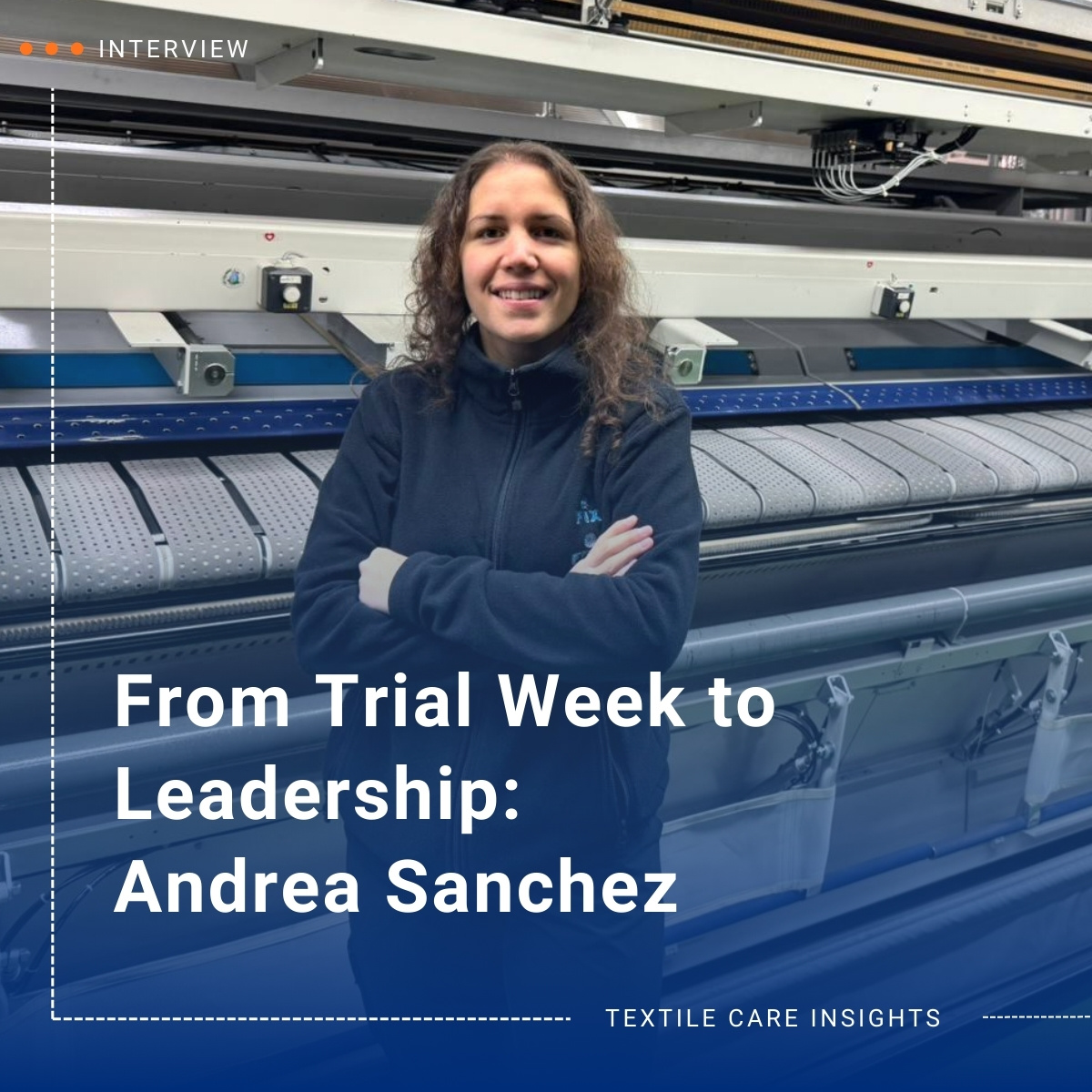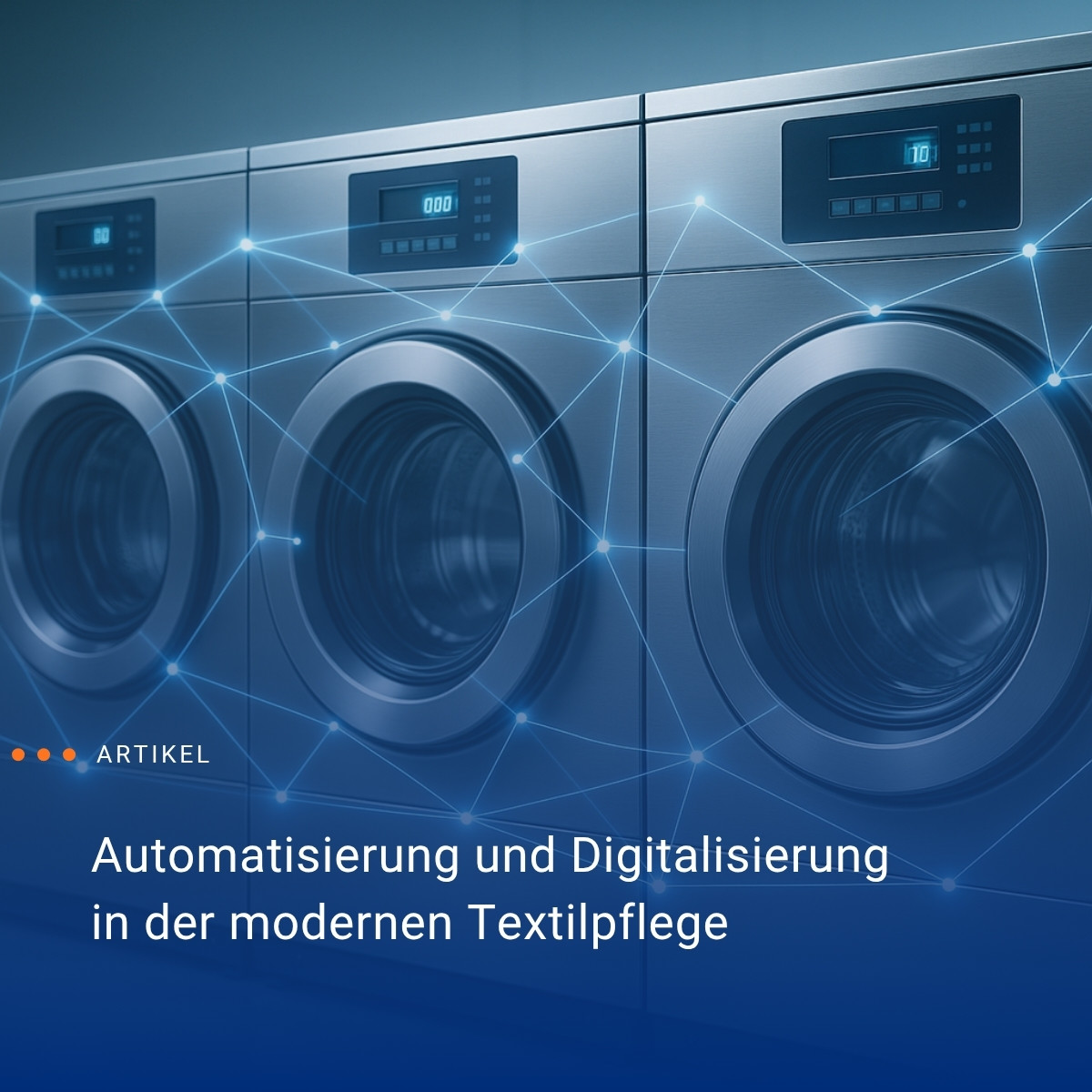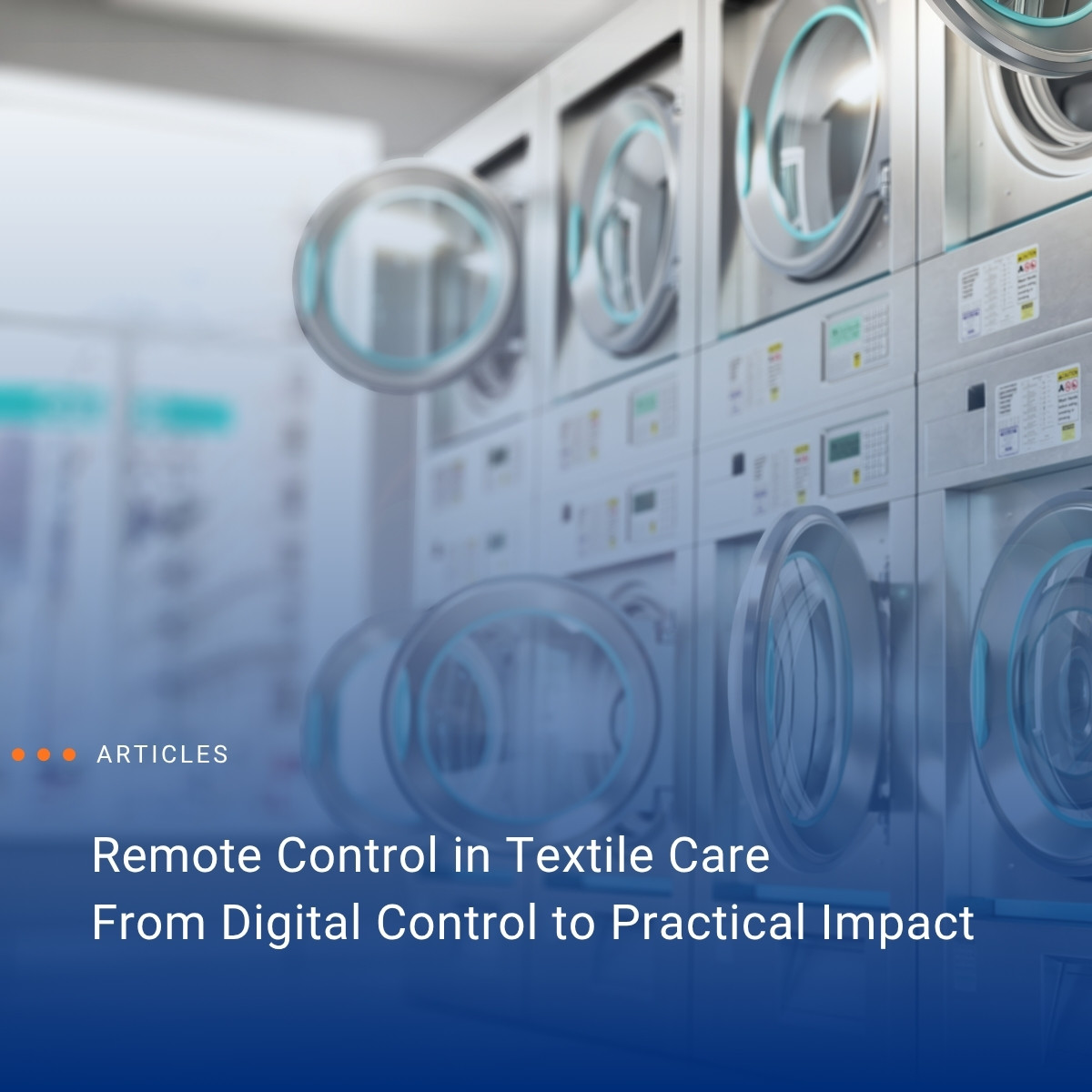Reading time: 3 minutes
The globalization of the textile and apparel industry has had far-reaching social and environmental impacts on production countries. Australia, Canada, California and the European Commission have already addressed these issues through legal frameworks. Among other things, they are calling for greater transparency and accountability in supply chains, extended producer responsibility, and eco-design requirements for products.
At the same time, global awareness of the environmental consequences driven by fast fashion is on the rise. Various countries are aiming to curb this resource-intensive consumption trend through rental and recycling models. The underlying idea: the longer textiles stay in the loop and the more fiber materials are recovered for reuse, the lower the industry's overall environmental footprint.
This growing commitment to sustainability is already bearing fruit: national and international textile service associations (such as ETSA and TSA) and their member companies are taking action as climate champions, working to drastically reduce their carbon emissions.
Gaps in Information

Nothing works without reliable data – whether it’s for meeting legal requirements, calculating a carbon footprint, or enabling effective textile recycling. Which fibers are used in a textile, and where do they come from? What processing stages has the material gone through before becoming a finished product? How many resources were consumed, and which chemicals were involved? How can the item be repaired – and how can it be recycled? How often has it been washed, cleaned, or dried before being reused or repurposed? The more information available about a product, the better.
Supply Chain Glossary

Ideally, this kind of information is directly linked to a product and accessible via a QR code. The digital product passport proposed by the European Union is designed to do just that: a structured dataset compiling details about a product’s components, materials, chemical substances, repairability, spare parts, and proper disposal. These data points are intended to cover all stages of a product’s life cycle and be usable for various purposes – from manufacturing to use and end-of-life.
While this may sound simple, it’s anything but – especially considering the highly complex, global supply chains of the textile and apparel industry. Still, the push for better data might get a boost from blockchain technology.
Originally developed to secure cryptocurrencies, blockchain can also be applied to the textile and apparel sector. It involves creating a kind of publicly accessible digital ledger for each item, containing tamper-proof data records. It starts with an origin block, to which new, verified data blocks are chronologically added. These can include various types of information, such as resource consumption or emissions.
The result is a secure, traceable data history that can support sustainability claims – and help prevent greenwashing, which is already banned in the EU.
Blockchain Works – But Only Up to the Textile Care Stage

The EU-funded pilot project TRICK has already demonstrated that textile traceability via blockchain technology is feasible. In practice, the concept has been around even longer: 20 years ago, Swiss company Product DNA launched the respect code to promote transparent and traceable supply chains. Other companies that have implemented blockchain-based traceability platforms to document their production and supply chains include international fiber manufacturer Lenzing and the German hospitality workwear producer Kaya & Cato (Cologne).
Achieving full transparency across a textile's entire lifecycle not only supports compliance with legal regulations and helps prevent counterfeiting—especially in the luxury segment—but can also enable a more effective circular economy. If laundries, for example, track usage data such as the number of wash cycles, repairs, or the condition of the material, they can help maximize the lifespan of each item.
These blockchain-recorded data sets could then be passed on with discarded textiles to recycling companies—making automated sorting, the selection of suitable recycling methods, or even the creation of material pools for recycled fibers much easier. This approach was explored in the research project DiTex, which showed that an open data standard-based solution is fundamentally possible. However, this promising concept still faces a major challenge.
Data Capture and Tracking Are Core to Textile Care

Unlike earlier stages of the supply chain, textile care has long relied on auto-identification technologies for inventory and process control, monitoring, and optimization. Various industry-specific and customized RFID solutions are already in use, with textile-embedded transponders enabling detailed tracking of each production step.
However, integrating these systems into a blockchain-based framework is nearly impossible due to the wide range of proprietary systems used across operations: there is no standardized industry software, no uniform product master data, and no common data exchange formats.
The EU has recognized this fragmented data landscape and plans to introduce guidelines for digital data collection in textile and apparel supply chains. It would be wise to involve the textile care industry—after all, it has decades of experience tracking workwear, mats, hotel linen, and even the personal laundry of nursing home residents.










